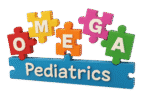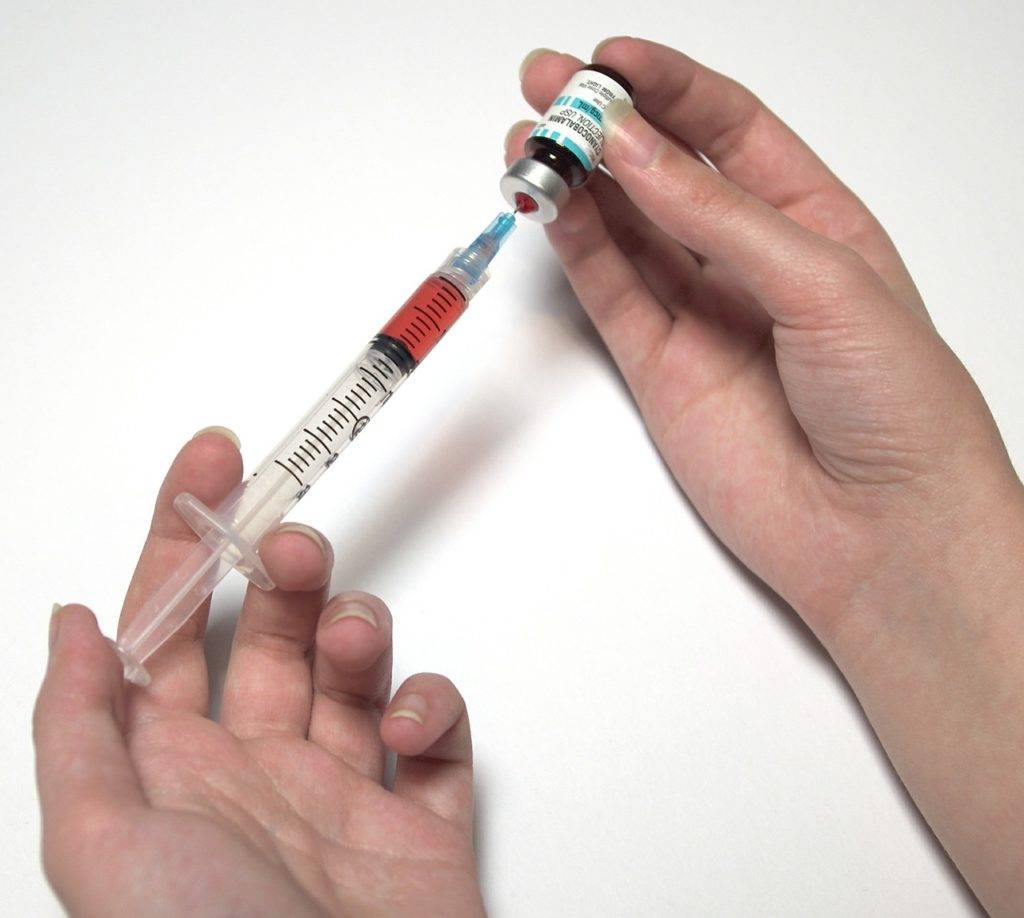Dimples on a newborn’s face are one of the most endearing traits a baby can have. Small, delightful indentations appear on the cheeks, especially when the baby smiles or makes facial expressions. For many parents, their newborn baby with dimples feels like a cherry on top of an already perfect child.
But what exactly causes these adorable features, and why do some babies have them while others don’t? This blog post will explore the science, genetics, and fascinating reasons behind the dimples on your baby’s face. We’ll also answer some questions, like whether those are permanent if they’re a genetic trait, and how common they are.
What Are Dimples and Where Do They Come From?
Dimples are small indentations in the skin at the cheeks, although they also occur on other body parts, like the chin. These indentations are more noticeable when a baby smiles or makes facial expressions. In most cases, dimples are considered a unique, attractive facial feature.
Dimples are associated with youth; people find them cute on babies. From a biological and scientific standpoint, dimples are an anomaly in the facial muscles—specifically the zygomaticus major muscle, responsible for facial expressions. When this muscle is shorter than usual or splits into two bundles, the skin above it pulls inward when smiling or laughing, creating the characteristic dip in the cheeks. Dimples seem like a genetic bonus, but they’re a minor variation of facial muscles.
The Role of the Zygomaticus Major Muscle
The zygomaticus major muscle is crucial for facial expressions like smiling, frowning, and raising eyebrows. In most people, this muscle extends from the zygomatic bone (cheekbone) to the corners of the mouth. In babies and adults with dimples, this muscle has an extra branch or is shortened, which causes the skin to pull inward more than usual when smiling, resulting in dimples.
This natural folding of the skin gives those charming little indentations on the cheeks. This may seem like a subtle variation, but it significantly impacts the appearance and attractiveness of your baby’s face.
Newborn Baby with Dimples: Are Dimples Inherited?
One of the most common questions parents have is whether dimples are inherited. The short answer is yes; dimples are considered a dominant genetic trait. This means that if one parent has dimples, there’s a higher chance that their child will have them. In genetics, dominant traits are inherited from one parent and expressed in the child. However, even though dimples are classified as dominant, genetics can sometimes be unpredictable. For example, a baby can have dimples even if neither parent does.
This occurs due to a combination of genes that results in the muscle structure that creates dimples. Additionally, dimples can skip generations, meaning that if the grandparents had dimples, the baby might inherit them, not the parents. Genetics is not always straightforward, and traits like dimples can emerge even when they are not immediately apparent in the family.
The Dominant Trait of Dimples
Dominant traits, like dimples, typically have a 50% chance of being passed down from parent to child. This percentage can increase if both parents have dimples. For example, if one parent has dimples, there is roughly a 50% chance that the baby will inherit them. If both parents have dimples, this chance increases to around 75%.
However, because the genetic expression of dimples can vary, a baby may still inherit dimples from extended family members even if neither parent has them. It’s one of those wonderful little quirks of heredity that adds to the mystery of newborn features.
Can Dimples Be a Surprise?
While many parents expect their child to inherit dimples if they have them, some are surprised when their newborn arrives with this feature even though they don’t have it themselves. As mentioned earlier, dimples can sometimes be passed down from grandparents or even more distant relatives.
This is due to the way genes are inherited and expressed. Dimples may not be immediately visible in the family, but they can resurface unexpectedly in the next generation. So if you notice that your baby has dimples and you’re unsure where they came from, it might be worth looking at family photos to see if any relatives sported them.
Why Are Some Newborn Dimples Temporary?
One of the most interesting things about dimples is that they can sometimes be temporary, especially in babies. Newborns undergo significant changes as they grow, and some features present at birth may fade. This holds for dimples as well.
The Changing Structure of the Newborn Face
As babies grow, their faces develop and change. Fat deposits in the cheeks, jaw, and other areas of the face can shift, which may cause dimples to become less pronounced or disappear altogether. The zygomaticus major muscle may change slightly in length or structure as the child develops, potentially making the dimples less noticeable. For some children, their dimples may disappear completely as they age, while others may retain them throughout their lives.
Are Newborn Dimples Permanent?
Whether your baby’s dimples are permanent depends on how they are formed. If the dimples are formed due to a prominent split in the zygomaticus major muscle, they are more likely to remain for life. If they are formed due to the fullness of the baby’s cheeks and how fat is distributed in the face, they’re likely to fade as the baby grows and their facial structure changes.
In general, deeper, well-defined dimples tend to stay for life, while more subtle dimples may fade or disappear as the child’s face matures. Either way, dimples are a normal and harmless feature, and there’s no need to be concerned if they change or disappear as your baby grows.
Dimples in Culture: What Do They Mean?
Dimples are seen as a sign of beauty or good luck in many cultures. Historically, people with dimples have been more attractive or blessed with certain positive traits. For example, in some cultures, dimples are believed to bring good fortune or happiness, in others, they are seen as an adorable and desirable feature.
Why Are Dimples So Attractive?
One reason dimples are often seen as attractive is because they are associated with youth. Since dimples are most commonly seen in babies and young children, they evoke innocence, joy, and vitality. When adults have dimples, it can make them appear younger and more approachable, which is why some people go as far as to undergo cosmetic surgery to create dimples (a procedure known as dimpleplasty).
Another reason dimples are attractive is that they can enhance a person’s smile. When someone with dimples smiles, the dimples can make their expression more dynamic and engaging, drawing attention to their face positively.
Can Dimples be Created?
Dimpleplasty is a cosmetic procedure designed to create dimples artificially. While this may seem extreme, it is a testament to cultural value and appeal. In this procedure, a small incision is made in the cheeks, and the skin is sewn to the underlying muscle that mimics the natural formation of dimples. While many people are born with dimples, others go to great lengths to create them, whether through makeup tricks or surgery. Dimples are considered a desirable trait, whether they occur naturally or artificially.
Newborn Baby with Dimples: Is It a Health Concern?
If your newborn has dimples, there is no reason to worry. Cheek dimples are harmless and purely cosmetic, and they don’t impact your baby’s health or well-being. Dimples don’t affect facial movement, expression, or any other function. They’re simply a unique formation of facial muscles that creates an aesthetically pleasing feature.
However, it’s important to differentiate between cheek and sacral dimples at the base of the spine. Sacral dimples are rare and may require medical attention. If your baby has a sacral dimple, your pediatrician may monitor it to ensure no underlying issues, such as spinal problems. But cheek dimples, like the ones discussed, are normal and pose no health risks. If you have concerns about your newborn’s dimples or other features, consult your pediatrician.
You can find more information on newborn health in this article about newborn features.
Dimples and Newborn Facial Asymmetry
Interestingly, some babies have dimples on only one cheek, rather than both. This is known as facial asymmetry and is entirely normal. Dimples are variations in muscle structure and occur on just one side of the face. If your baby has only one dimple, the zygomaticus major muscle develops differently on one side of the face. This is a natural occurrence and doesn’t indicate underlying issues.
Does Having One Dimple Make a Difference?
Having just one dimple can add to the uniqueness of your baby’s face. Facial asymmetry is quite common, and it can make your baby’s smile even more distinctive. Some people with one dimple love the quirky, asymmetrical look it gives their faces. Just like with two dimples, having only one is a cosmetic feature that adds to your baby’s charm.
Newborn Baby with Dimples: How Common?
Dimples are relatively common, with about 20–30% of the population having them. However, this percentage varies depending on the region and genetic background of the population. In some families, dimples are more prevalent, while in others, they may be rare.
Whether common or rare, dimples bring a dose of cuteness to a baby’s face. You’re wondering whether your baby’s dimples will stay or if family genetics. It’s fun to look back through family photos and see how features have passed down through the generations. Dimples, like many traits, provide a window into the fascinating world of genetics.
Delight in Your Newborn Baby Dimples
Dimples are an adorable feature found in many newborns. Whether they’re inherited or a spontaneous trait, dimples result from a minor variation in facial muscle structure that gives your baby’s smile a little extra charm. While they may be permanent for some babies, others find that their dimples fade as they grow.
Either way, they’re harmless and delightful features that only add to the joy of watching your little one grow and develop. For more information on newborn features and health, check out this helpful guide on common newborn health issues.





